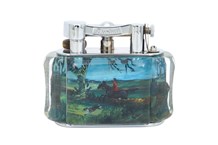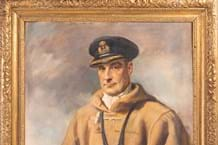Seven ammunition types will be removed from the definition of ‘antique firearm’, making up to 26,000 guns that use them illegal to own without a firearms licence.
The seven types of cartridge that will no longer be classed as antique are:
- .320 British (also known as .320 Revolver CF, short or long)
- .41 Colt (short or long)
- .44 Smith and Wesson Russian
- .442 Revolver (also known as .44 Webley)
- 4mm Dutch Revolver
- 6mm German Ordnance Revolver
- 11mm French Ordnance Revolver M1873 (Army)
This will mean that from the date the new regulations take effect, all firearms chambered for use with the above cartridges will become subject to firearms licensing.
Existing owners of these firearms can apply for a firearm certificate.
They can also sell, deactivate or surrender the affected firearms ahead of the law changing, which will take place shortly after Parliament approves the legislation. This is expected in due course but the Home Office is yet to supply a timescale.
The regulations will also define ‘antique firearm’ in law including the following:
- specifying September 1, 1939 as the cut-off date of manufacture after which a firearm cannot be considered as antique
- seven cartridges will be removed from the definition
- 23 cartridges will be added to the definition
The government took the steps due to concerns over the misuse of antique firearms by criminals. According to the National Ballistics Intelligence Service, there had been a sharp rise in the number of antique guns being seized from crime scenes in recent years.
The new measures update the Policing and Crime Act 2017 and the latest change follows a public consultation that ended in December 2018.
The regulations apply across England and Wales and in Scotland, except in respect of air weapons, which is a devolved matter. However the regulations do not apply in Northern Ireland as firearms policy is devolved.





